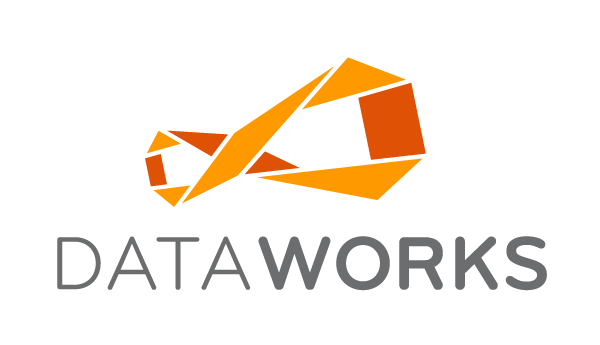We have been publishing point of sale interface standards for many years. Many POS companies offer a DataWorks interface solution and the initial discussion typically centers around technical details. How will data move around? What hand-shaking mechanism will be used? Most of those technical details are covered here and here. But what about features that the POS system should have to benefit from DataWorks functionality? That is a question that is a bit prickly because many of our partners are serving the hospitality (restaurant, resort, casino) market, and retail functionality is not what they think, design or dream about.
So beyond the bit and byte facts that DataWorks defines and exports inventory and the POS partner captures and exports sales, here is the list of features that a POS system needs to have to be effective in the mixed venue retail market, where one POS system is used in both the F&B and Retail outlets.
The Bare-Minimum List: --------------------- 1. Allow for the input of numeric value via a barcode scanner, as an alternative to a touchscreen input or keypad entry.
The Basic List: --------------------- 1. Allow multiple barcodes to be defined for an Item. Typically only two are needed to accommodate the SKU and an optional UPC. In some cases a SKU will have many UPC codes. We have some items that can have more than 50 barcodes - postcards are a great example of this. 2. Allow the same Item to be defined and sold in different outlets. 3. Allow a different Retail Price for the same Item in a different outlet. This needs to handle the geographic borders of currency. DataWorks jumps though the currency hoops. This is important in enterprise systems where one system may be configured to handle multiple outlets. 4. Have a description field that is at least 32 characters long. Allow the description to be individually handled for a preferred language. DataWorks supplies the translated data for the outlet. 5. Provide for a means to define tax rate for each individual item.
The Competitive List: ------------------------ 1. Allow a single temporary retail price to be defined separately from the normal retail price with both a start and stop date for the temporary price 2. Allow many temporary retail prices to be defined for a single item. This allows promotions like Halloween, Thanksgiving, Christmas, and After-Christmas to be predefined, rather than waiting for each promotion to finish before the retail manager can define another. 3. Provide a link to a tax look up table per item 4. Provide a quantity discount for an item. 5. Provide a preset discount for a classification of items. 6. Provide a discount for a type of customer. 7. Provide a means to look-up, add, edit and export a customer and attach a customer ID to a sales transaction. 8. Size the POS database to contain an average of 20,000 Items per Outlet, but test for 100,000 active items and 120,000 active barcodes.
The Uber Advantage : ------------------------ Provide the POS system with either: 1) the ability to handle LOTS of data inserts and updates during the course of the operational day or; 2) give the POS the means to share outlet data.
Even though we go to great lengths in our above list to define that every outlet needs to be autonomous and capable of individual prices and language, there is the real world need that requires information be available without it being replicated into each outlet. The idea is that similar outlets can share the same information. This is very common in Resort, Casino and Amusement Parks. This is VERY important if you want to be able to accept returned merchandise at any outlet, even though it may not be stocked there.
DataWorks has the ability to replicate data into the individual outlets, but it comes with a burden of having additional processing crunch on the POS application. So this is one of those features that really needs to be designed from the ground up - because it is a data structure issue.
If you already have a POS in the field your best bet is to spend some R&D budget on your inventory import feature - because it needs to be able to process new inventory items very quickly. Don't think in terms of a total F&B menu of only 1000 items, think in terms of 100-2000 NEW Retail items every day. And then imagine adding those 2000 items during the lunch hour. If your POS system can do that, now you got an Uber-Advantage.
